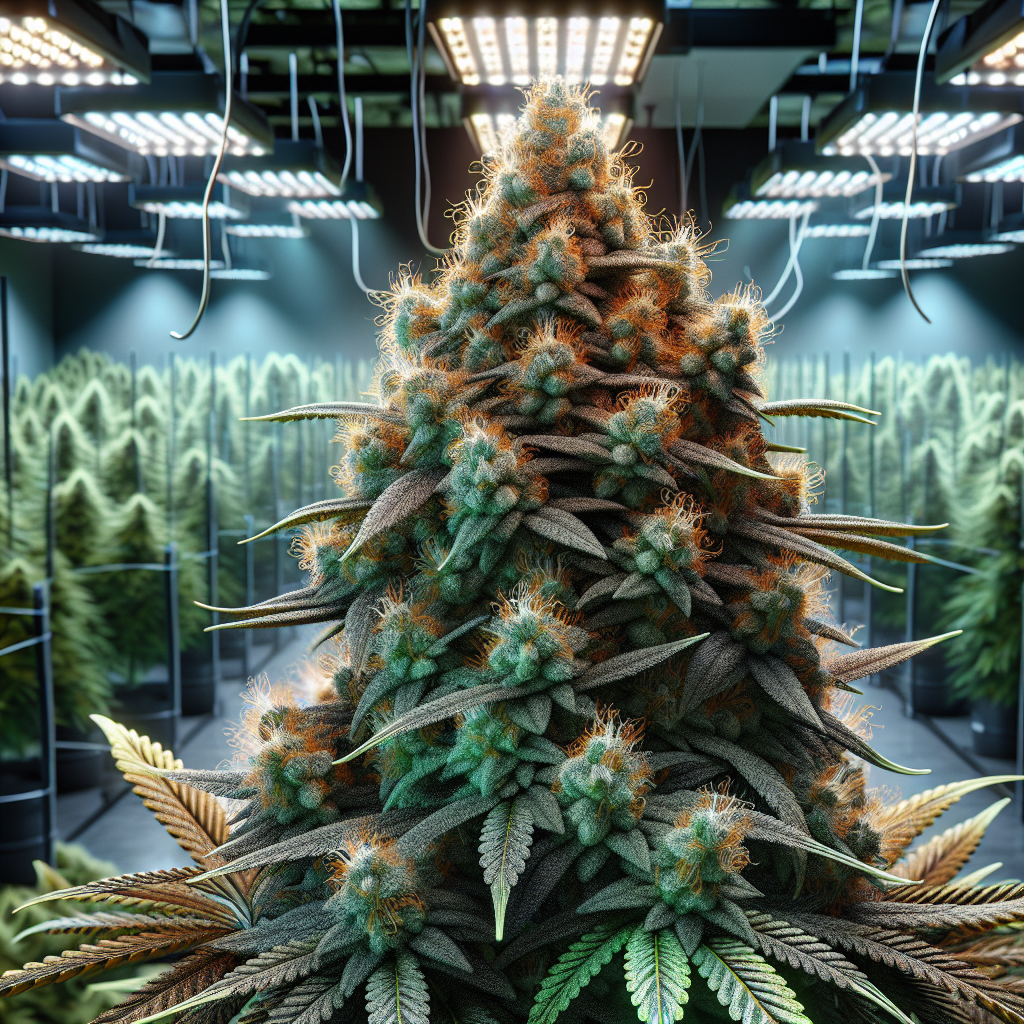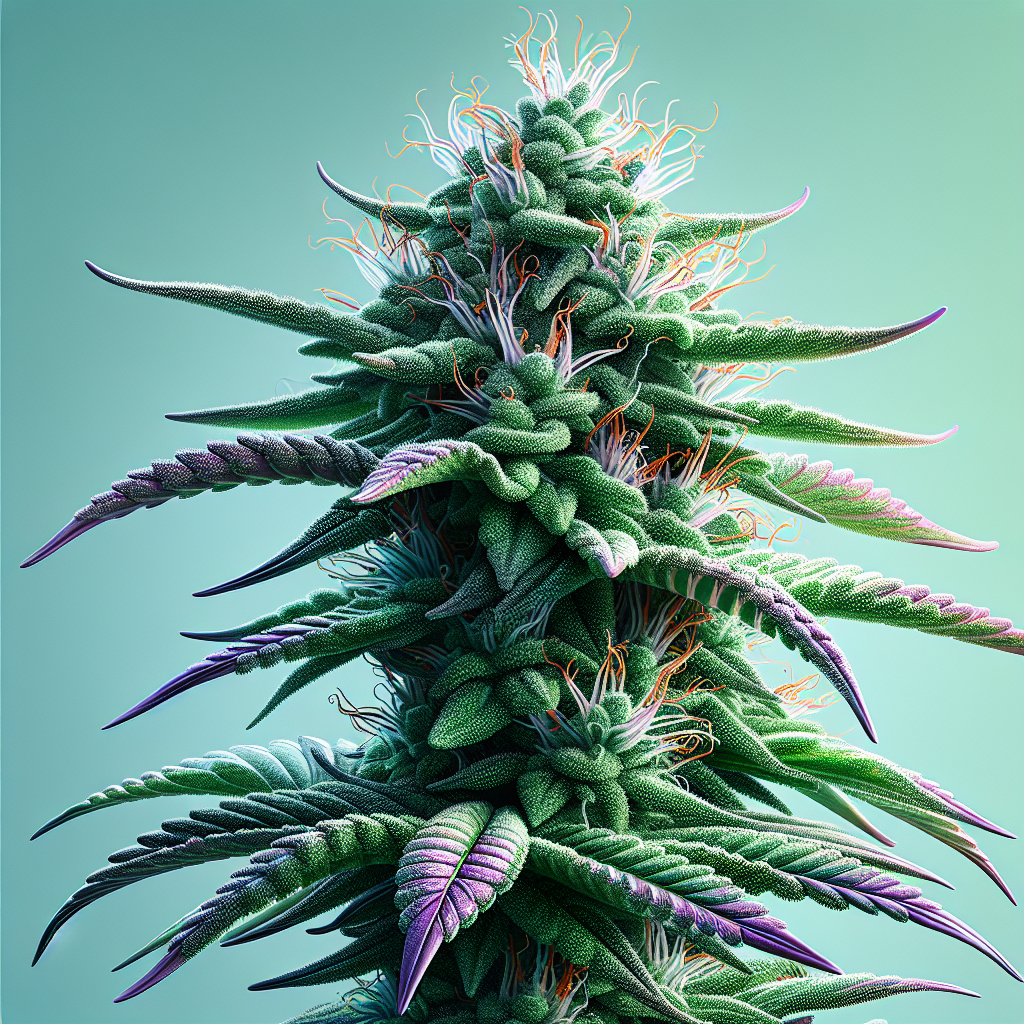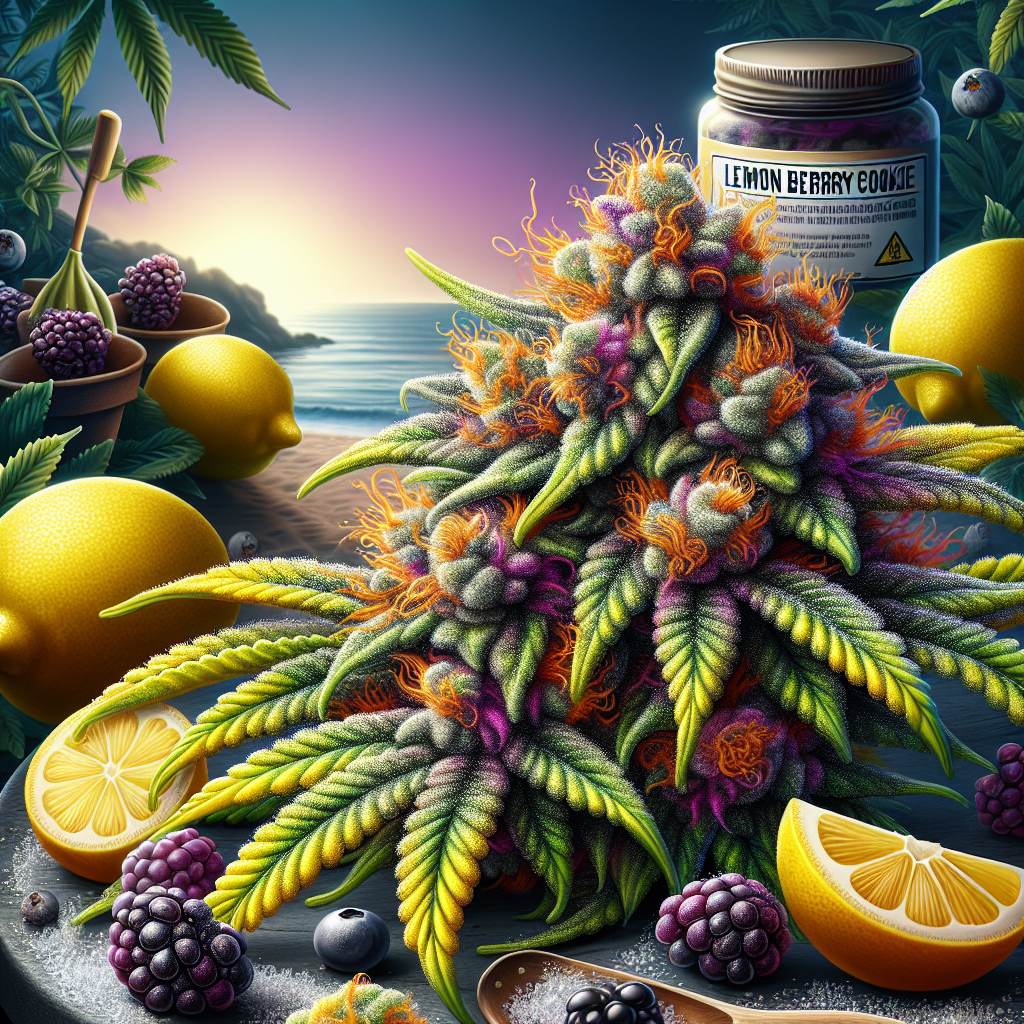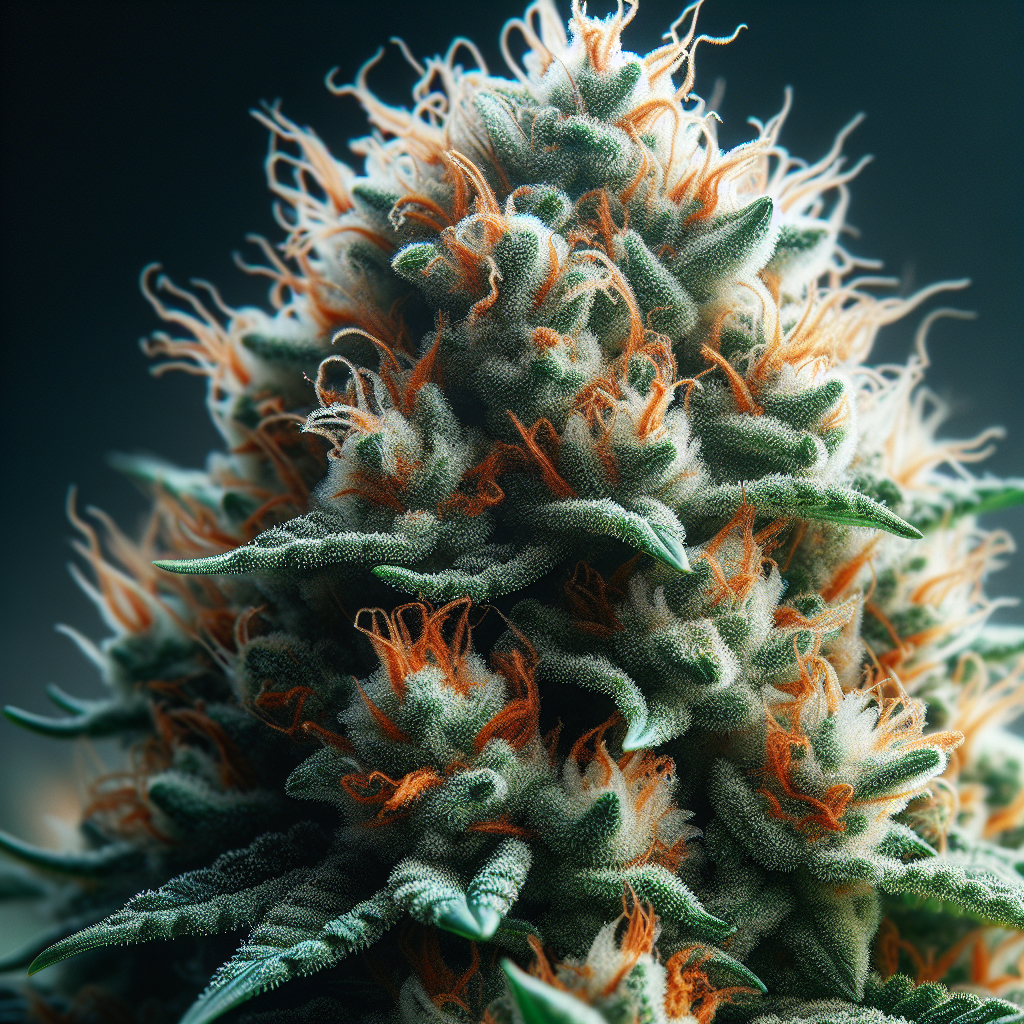Harnessing the Power of Light: A Comprehensive Guide to Plant Growth Cycles and Grow Lights
In the ever-evolving world of horticulture, especially when it comes to cannabis cultivation, understanding the critical role that light plays in plant growth cycles is essential. Grow lights have transformed both indoor and outdoor gardening, providing cultivators the ability to manipulate environmental conditions for optimal plant health and maximize yield. This comprehensive guide delves into the science behind plant growth cycles, the types of grow lights available, their benefits, and practical tips for harnessing the power of light in cannabis cultivation.
Understanding Plant Growth Cycles
Germination
The first stage, germination, is when a seed sprouts and begins to grow. This process typically takes anywhere from a few days to a couple of weeks, depending on the seed variety and environmental conditions. During germination, seeds require warmth, moisture, and now increasingly, light to kick-start the growth process. While a minimal amount of light may aid the process, it’s more important to provide dark conditions initially for germination, allowing roots to establish before exposure to light.
Vegetative Stage
Once the seedling has grown a sufficient number of leaves, it enters the vegetative stage. This phase can last anywhere from a few weeks to several months. During this period, plants focus on producing leaves, stems, and roots, encouraging robust and healthy growth.
Light Requirements:
Cannabis plants thrive on a light cycle of 18 hours of light and 6 hours of darkness during the vegetative stage. Light quality is equally important here. Blue light, typically emitted by metal halide lamps or full-spectrum LEDs, simulates the sun’s rays during spring and early summer. This blue spectrum encourages compact growth patterns and robust foliage, perfect for nourishing the budding cannabis plant.
Flowering Stage
The flowering stage is where the magic happens—this is the phase where cannabis plants begin to produce buds. After several weeks in the vegetative stage, growers transition their plants to a 12/12 light cycle (12 hours of light followed by 12 hours of complete darkness). This light manipulation signals to the plants that it’s time to reproduce.
Light Requirements:
During the flowering phase, the red and orange wavelengths of light become more significant. This can be achieved with high-pressure sodium (HPS) lamps, which emit this warm spectrum and encourage flower development. Furthermore, many growers opt for full-spectrum LED grow lights that can adapt the light spectrum as plants transition from vegetative growth to flowering for maximum versatility.
Ripening and Harvest
As flowering progresses, the buds will fatten up and develop their unique characteristics. This stage usually lasts around 8 to 10 weeks. Growers need to pay close attention to trichome development—these small, glandular structures are where the plant’s cannabinoids and terpenes develop fully.
Light Requirements:
As plants near the end of their flowering phase, many growers reduce the amount of light exposure to mimic the shorter days of late summer and autumn. This technique can enhance the potency of the final product. However, maintaining a consistent light schedule remains pivotal during this phase, as any interruptions can stress plants and reduce yields.
The Importance of Light Quality
When it comes to grow lights, it’s not just about the quantity of light, but also the quality. The right light spectrum can make or break a cannabis crop. Let’s explore the various types of grow lights you can utilize for each stage of growth.
Types of Grow Lights
- LED Grow Lights
LEDs are increasingly popular among cannabis cultivators due to their energy efficiency and customizable light spectrum. They produce less heat, reducing the need for cooling systems, and permit a closer growing distance without risking heat stress. For all stages of growth, full-spectrum LEDs are effective, mimicking the sunlight plants crave.
- Metal Halide (MH) Lamps
These lamps emit a blue light spectrum suited for vegetative growth. They are effective in promoting healthy foliage but require more electricity than LEDs and generate a significant amount of heat. Proper ventilation is crucial when using MH lamps.
- High-Pressure Sodium (HPS) Lamps
HPS lamps provide a powerful red-orange light that’s highly beneficial during the flowering stage. They are well-known for producing dense and weighty buds. Like MH lamps, they do draw significant power and generate a great deal of heat, requiring adequate temperature management.
- Fluorescent Lights
T5 fluorescent lights are common for clones and seedlings due to their lower intensity and heat production. They provide a full spectrum of light and are often used in conjunction with more powerful lights as plants mature.
- Ceramic Metal Halide (CMH) Lamps
CMH lights are a newer technology that mixes metal halide and HPS advantages. They emit a full spectrum of light, excellent for all growth stages. The light is considered more natural and tends to promote a broader range of spectrum supporting enhanced growth.
Why Grow Lights Matter
Investing in high-quality grow lights is essential for maximizing your cannabis plants’ potential. The right lights can lead to:
- Faster Growth: When plants receive adequate and appropriate light, they photosynthesize more effectively, promoting quicker growth.
- Improved Yield: Correct light conditions can lead to denser buds and larger yields.
- Enhanced Quality: By fine-tuning the light spectrum, you can enhance the flavors, aroma, and potency of your crop.
Practical Tips for Using Grow Lights Effectively
-
Choose the Right Spectrum: Select LED lights that cover both blue and red spectra for versatile lighting throughout a plant’s life cycle.
-
Distance Matters: Maintain recommended distances from your lights to prevent heat stress or light burn. This varies by the type of light; for example, LEDs can be positioned closer than HPS lights.
-
Regularly Monitor Light Intensity: Invest in a light meter to measure your grow lights’ intensity and adjust as needed.
-
Control Light Cycles: Use timers to ensure that plants receive consistent light and dark periods. Variability can stress plants, inhibiting growth and yield.
-
Adjust According to Growth Stage: Switch light spectra as plants move through their growth cycles. Focus on blue light for vegetative growth and transition to warmer red light as they flower.
-
Stay Aware of Temperature: Monitor and regulate the temperature around your lights since light intensity can cause spikes in heat. Adequate ventilation will help maintain a stable environment.
- Supplement Natural Light: If growing outdoors, consider supplementing natural sunlight with grow lights during cloudy days or shorter seasons to ensure plants receive sufficient light.
Conclusion
Harnessing the power of light significantly enhances cannabis cultivation, allowing growers to manipulate the environment for optimal plant health, quality, and yield. Recognizing the importance of the growth cycles and choosing the right lighting strategy can be the difference between a mediocre crop and a fantastic harvest.
With numerous options for grow lights available, understanding each type and its applications is critical for successful cannabis cultivation at home or commercially.
FAQ Roundup
1. What is the best type of grow light for cannabis?
The best type of grow light often depends on the growth stage. For the vegetative stage, full-spectrum LEDs or metal halide lamps are ideal. During flowering, high-pressure sodium or full-spectrum LEDs work well.
2. How far should grow lights be from cannabis plants?
The distance varies by the type of light. LEDs typically can be positioned 12-24 inches away, while HPS lamps should be 24-36 inches from the plant canopy.
3. How long should I keep grow lights on during the vegetative stage?
Cannabis plants should have 18 hours of light and 6 hours of darkness during the vegetative stage.
4. Can grow lights be harmful to cannabis plants?
Yes, if plants are exposed to excessive light intensity, they can suffer from light burn, which can stunt growth or damage leaves. Proper distance and intensity management are key.
5. Do I need to adjust lighting when transitioning from vegetative to flowering?
Yes, you should change the light cycle to 12 hours of light and 12 hours of darkness when transitioning to the flowering stage to stimulate bud growth.
6. Is it worth investing in full-spectrum LEDs?
Absolutely! Full-spectrum LEDs provide versatile lighting for all growth stages, helping to maximize growth, yield, and overall plant quality while being energy-efficient.
7. How can I monitor the effectiveness of my grow lights?
Using a light meter to measure light intensity can help ensure that your cannabis plants are receiving appropriate light levels for optimal growth.
By maximizing the use of grow lights and understanding plant growth cycles, you have the potential to cultivate healthy cannabis plants that yield high quality, potency, and flavors. Happy growing!





